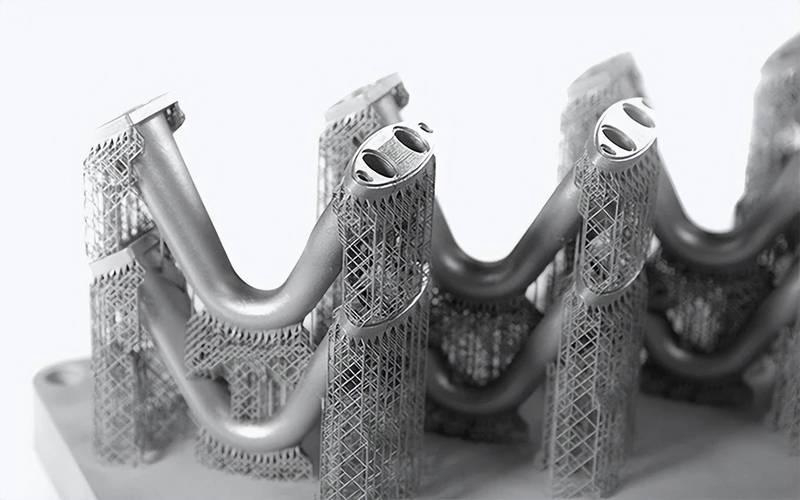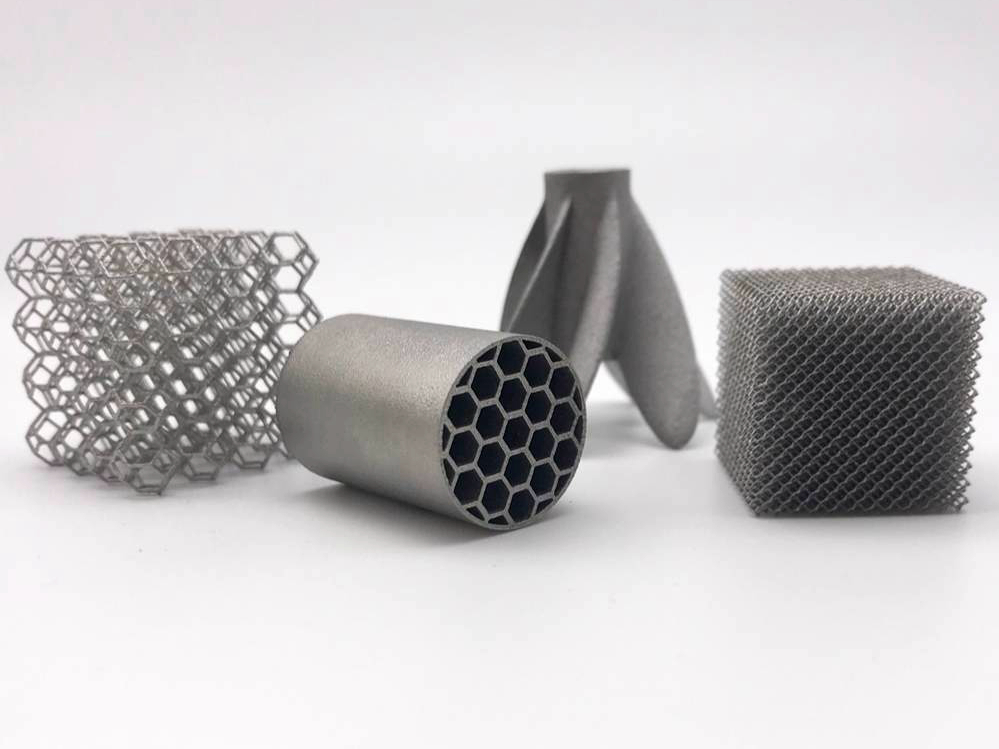How does heat treatment affect the surface quality of 3D printed parts?
How Heat Treatment Affects the Surface Quality of 3D Printed Parts
Overview of As-Built Surface Condition
3D printed metal parts manufactured via Selective Laser Melting (SLM), Electron Beam Melting (EBM), or Direct Metal Laser Sintering (DMLS) often exhibit rough surfaces due to partially melted particles, staircase effects, and solidification patterns. These irregularities typically result in as-printed roughness values of Ra 8–12 µm, which can affect fatigue life, corrosion resistance, and surface-dependent functions.
Impact of Heat Treatment on Surface Quality
1. No Direct Smoothing Effect
Heat treatment improves internal material properties (e.g., stress relief, grain refinement), but does not directly reduce surface roughness. Processes such as annealing or aging do not remove adhered powder particles or melt ridges. Therefore, surface topography remains largely unchanged post-treatment.
2. Oxidation and Discoloration
During heat treatment, especially when performed in air or insufficiently controlled atmospheres, oxidation can occur on the part’s surface. For alloys such as Ti-6Al-4V or Inconel 625, this may lead to surface discoloration or the formation of oxide scales, requiring additional surface treatment post-process.
3. Microstructure and Hardness Affect Machinability
While surface roughness remains unchanged, the mechanical characteristics of the surface layer are altered. Hardened materials like Tool Steel H13 or Tool Steel 1.2709 become more wear-resistant and better suited for polishing and fine finishing processes after tempering or aging.
4. Post-Treatment Surface Finish Considerations
Surface-sensitive applications typically require post-heat-treatment processes such as:
EDM Machining: to refine internal and high-hardness surfaces
Electropolishing: to remove oxides and smooth high-purity surfaces
PVD Coating: to restore or improve aesthetic and functional surface performance
Summary of Surface Quality Effects
Aspect | Effect of Heat Treatment |
|---|---|
Surface roughness (Ra) | No significant reduction |
Surface oxidation | Possible discoloration if not inert-protected |
Machinability post-treatment | Improved due to structural homogenization |
Suitability for finishing | Enhanced after hardening or stress relief |
Recommended Services for Surface Enhancement
To ensure both mechanical and surface performance, Neway 3DP provides:
Heat Treatment For stress relief, hardening, and microstructure control.
Electropolishing To remove heat-induced oxidation and reduce Ra.
Surface Treatment Including polishing, sandblasting, and coating to meet application-specific appearance and surface quality requirements.



